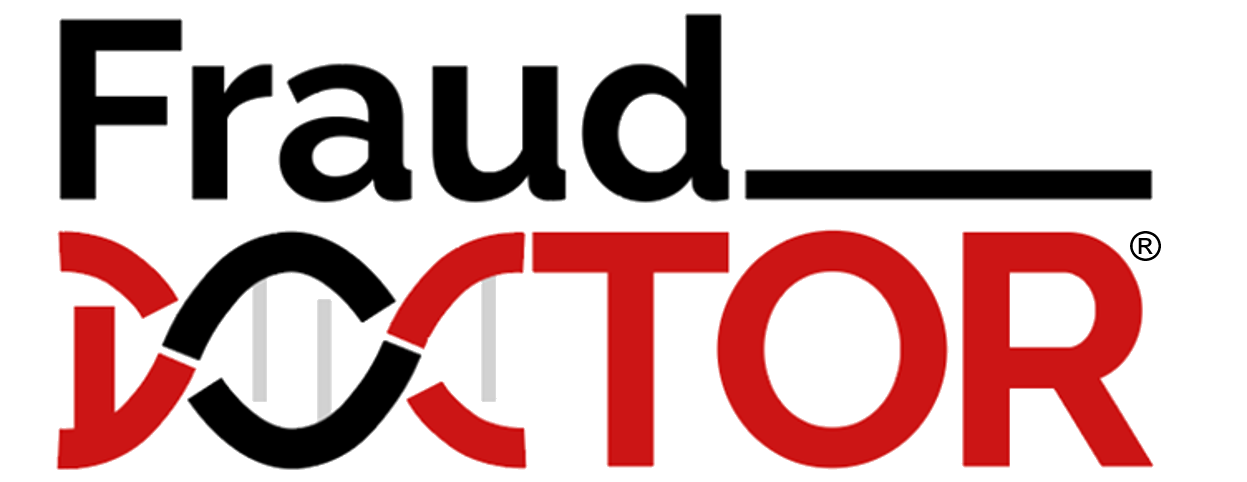Social engineers get useful information from unsuspecting people and use it in potentially nefarious ways. Simple conversations provide the opportunity for the social engineer to get seemingly benign information from individuals over the course of one or many encounters. That information can then be combined with other open source information to then provide the social engineer with everything they need to carry out an attack on a system, enter a secure building, or any number of applications that could cause harm to your organization. Protect your employees by educating them about the direct implications this can have on your company. Teach them what to look for so they can avoid… Read More
Continue ReadingLicense Requirements for Investigators
Are Certified Fraud Examiners (CFE) required to be licensed as Private Investigators (PI)? The short answer: It depends on your investigative activities and geographic reach. See a recent article published in Fraud Magazine for more details.
Continue ReadingEmployment Background Screenings and the New EEOC Guidelines
Employment Background Screenings and the New EEOC Guidelines The U.S. Equal Employment Opportunity Commission (EEOC) is tasked with preventing workplace discrimination. Under Title VII, employment discrimination is prohibited based on race, color, religion, sex, or national origin. Under the new guidelines (“New EEOC Guidelines…”, 2012) issued in April, an employer may potentially avoid Title VII discrimination with an Individual Assessment. Prior criminal conduct can exclude an applicant from employment consideration if the following conditions are met:
Continue ReadingReputation Impact From Fraud
Reputation Impact From Fraud Stakeholders beware. A declining reputation can have a significant impact on an organization. Just two and a half years after the initial public offering (IPO) of Basin Water, Inc., they were forced to issue a press release that would prove to be the beginning of the end. The company was defunct within one year of the initial press release which indicated a potential problem involving the operational risk of financial statement fraud pertaining to revenue recognition. This is merely one example where 72% of Securities and Exchange Commission (SEC) investigations in fiscal year 2010 identified deficiencies with 42% resulting in “significant findings”. When those issues are… Read More
Continue ReadingDoes your organization currently have an in-house Antifraud Program?
[polldaddy poll=6204129] ____________ What is your company’s risk for fraud? Do you have a pulse on the financial health of your company? Get your FRAUD Check-up today! Request a free consultation.
Continue Reading
Shipping Costs and Inventory Fraud
Shipping Costs and Inventory Fraud Are you at risk for inventory fraud? A simple evaluation of shipping costs relative to sales over time could indicate a greater risk for inventory fraud (Bell, 2009). SHIPPING COSTS % Definition: Shipping costs expense divided by total sales: (Shipping Costs Expense) / (Total Sales) Measurement Unit: % Measures: The relationship between shipping costs and sales. Fraud Indicator: An increase is a red flag for early delivery and bill & hold schemes. A decrease could indicate fictitious revenue. Fraud Red Flag: Increase : Revenue recognition: Early delivery scheme Increase : Revenue recognition: Bill & hold scheme Decrease : Revenue recognition: Fictitious revenue References Bell, A. … Read More
Continue ReadingIs your company at risk for fraud?
We help companies better understand and manage their fraud risk. We help organizations protect themselves from fraud to reduce risk, educate, and through outreach. Is your company at risk for fraud? All companies have an inherent risk for fraud estimated at 5% of revenue, according to the 2014 ACFE Report to the Nations on Occupational Fraud and Abuse. In response to the inherent risk for fraud, many companies are developing antifraud programs. The ultimate goal of an effective antifraud program is to mitigate risk to the organization due to fraud through a combination of preventative, detective, and deterrent controls. What is your company’s risk for fraud? Do you have a… Read More
Continue Reading